 "ttyymmnn" (ttyymmnn)
"ttyymmnn" (ttyymmnn)
05/08/2015 at 11:05 • Filed to: planelopnik
 5
5
 8
8
 "ttyymmnn" (ttyymmnn)
"ttyymmnn" (ttyymmnn)
05/08/2015 at 11:05 • Filed to: planelopnik |  5 5
|  8 8 |
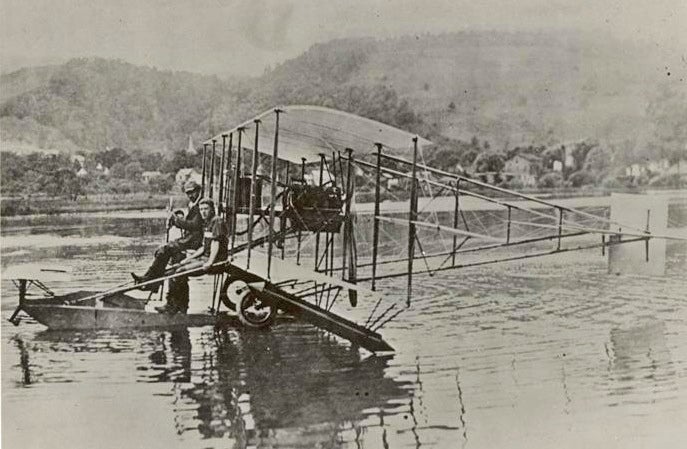
On May 8, 1911, Captain Washington I. Chambers requisitioned two Curtis biplanes, to be “equipped for arising from or alighting on land or water; with a metal tipped propeller designed for a speed of at least 45 miles per hour; with provisions for carrying a passenger alongside the pilot; and with controls that could be operated by either the pilot or the passenger.” !!!error: Indecipherable SUB-paragraph formatting!!! Based on this requisition, which was later fulfilled by the Curtiss A-1 Triad, historians consider this to be the birth date of US Naval Aviation.
Above: Lt. Theodore G. Ellyson, (foreground), Naval Aviator #1, with Glenn Curtiss, on board the Curtiss A-1 Triad, the Navy’s first airplane, on Lake Keuka in New York, July 1911.
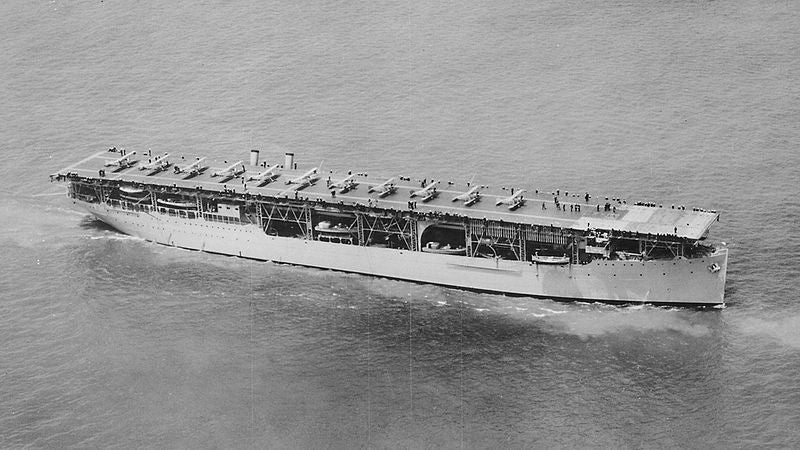
USS Langley (CV-1), America’s first aircraft carrier, converted from the collier USS Jupiter.
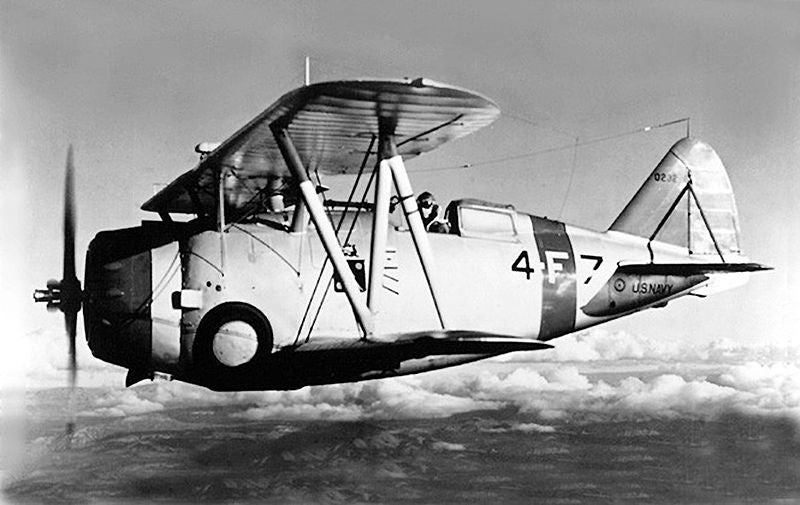
Grumman F3F, the last biplane fighter, delivered to the US Navy in 1936.
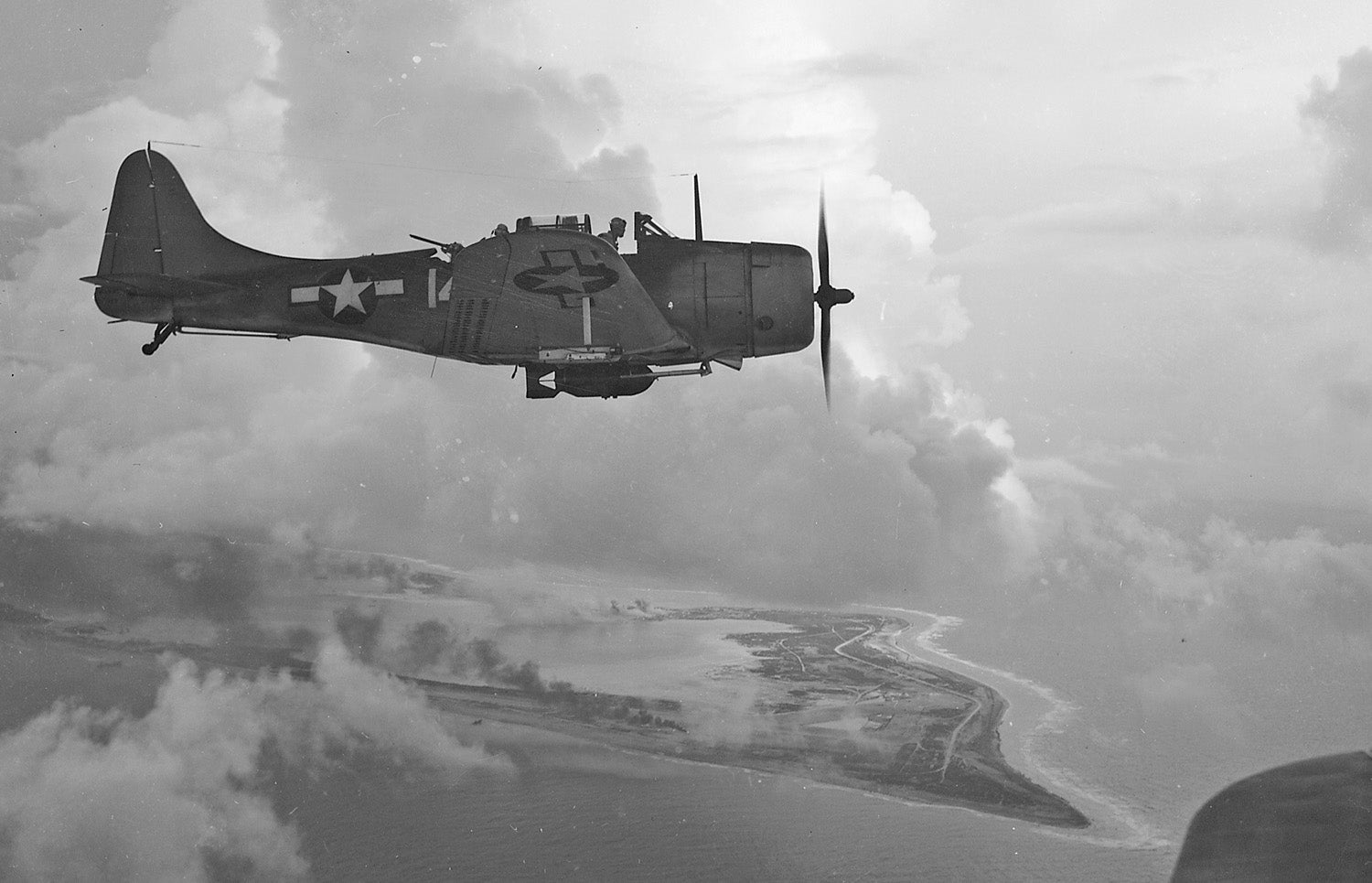
A Douglas SBD Dauntless over Wake Island, 1943.
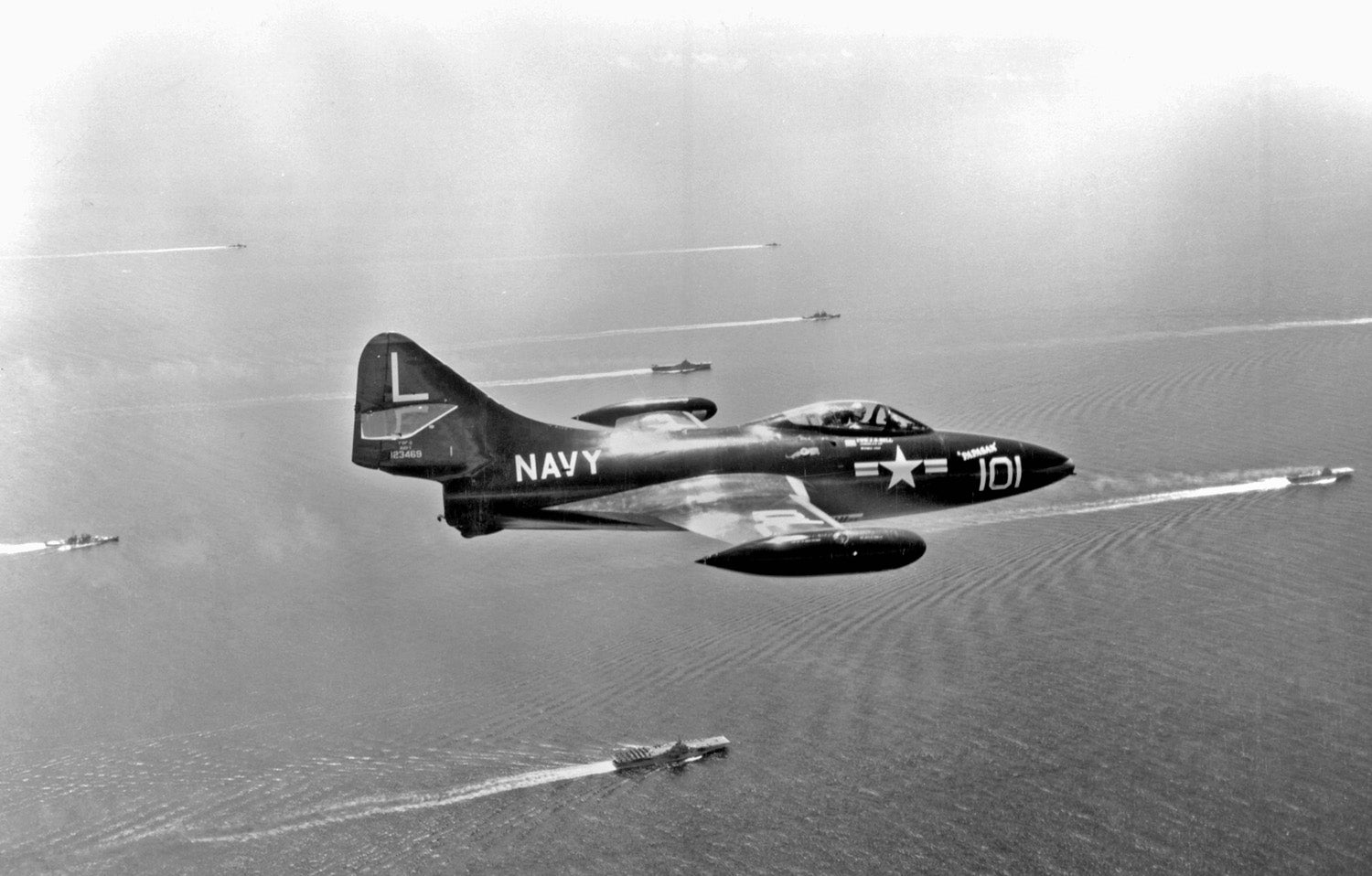
A Grumman F9F-2 Panther from VF-71 flies over Task Force 77 in August 1952. The F9F Panther was the first aircraft flown by the Blue Angels.
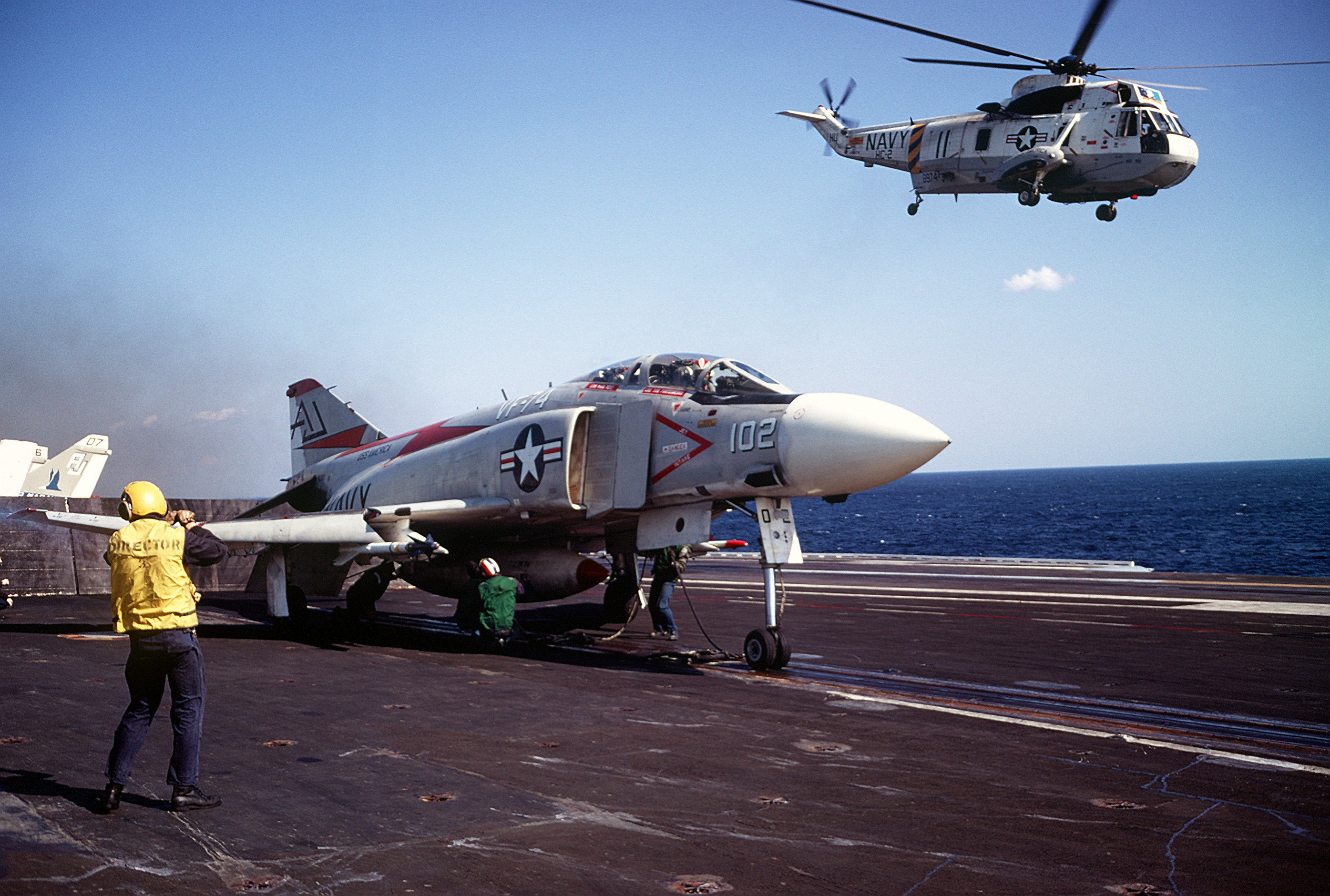
A U.S. Navy McDonnell Douglas F-4J Phantom II of VF-74 Be-Devilers is prepared for launch from USS America (CVA-66) in 1972.

A U.S. Navy Grumman F-14A Tomcat of Fighter Squadron VF-114 Aardvarks intercepts a Soviet Tupolev Tu-95RT Bear D maritime patrol aircraft in 1982.
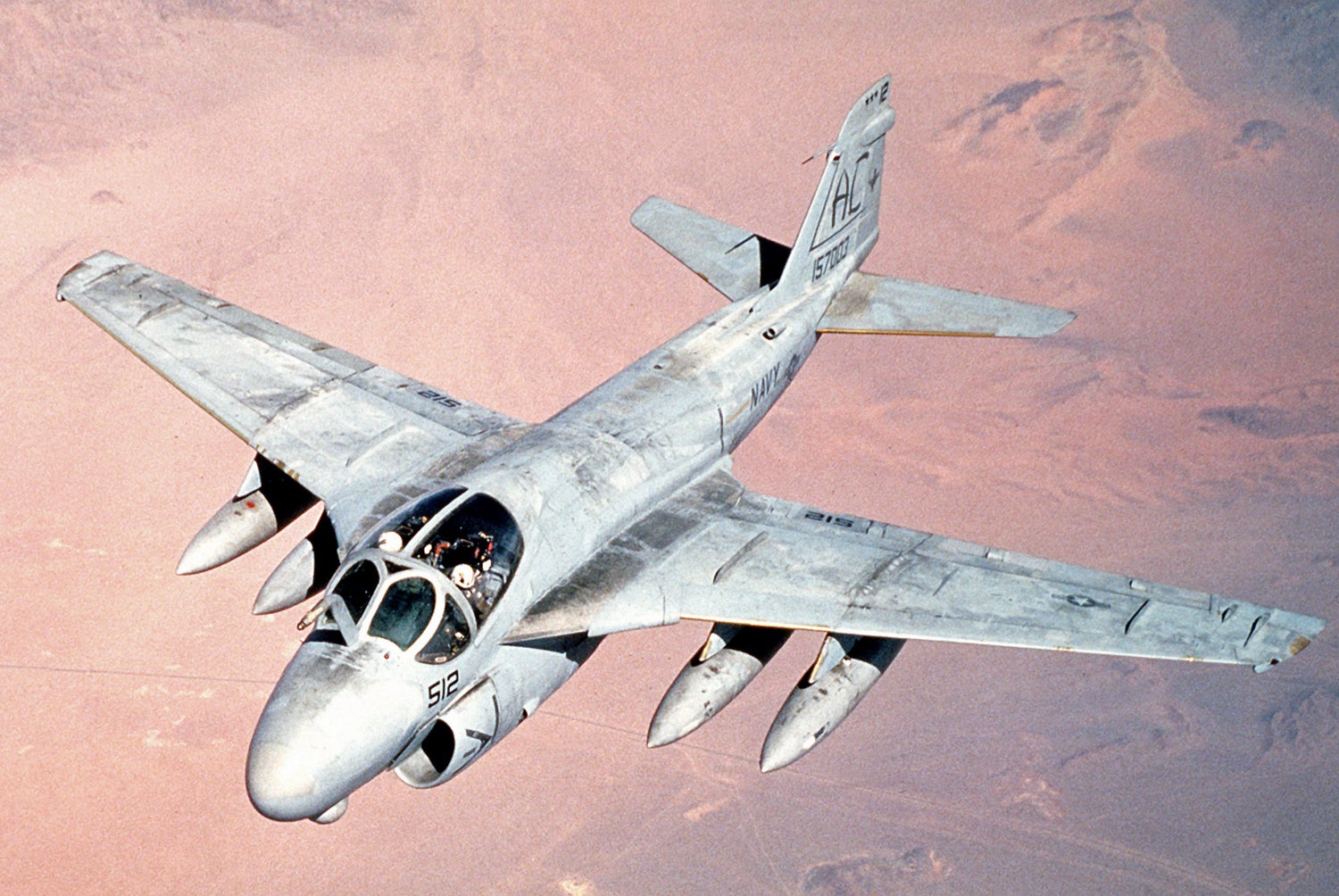
A Grumman A-6E Intruder from VA-75 Sunday Punchers flies over the desert during “Operation Desert Storm” in 1991.
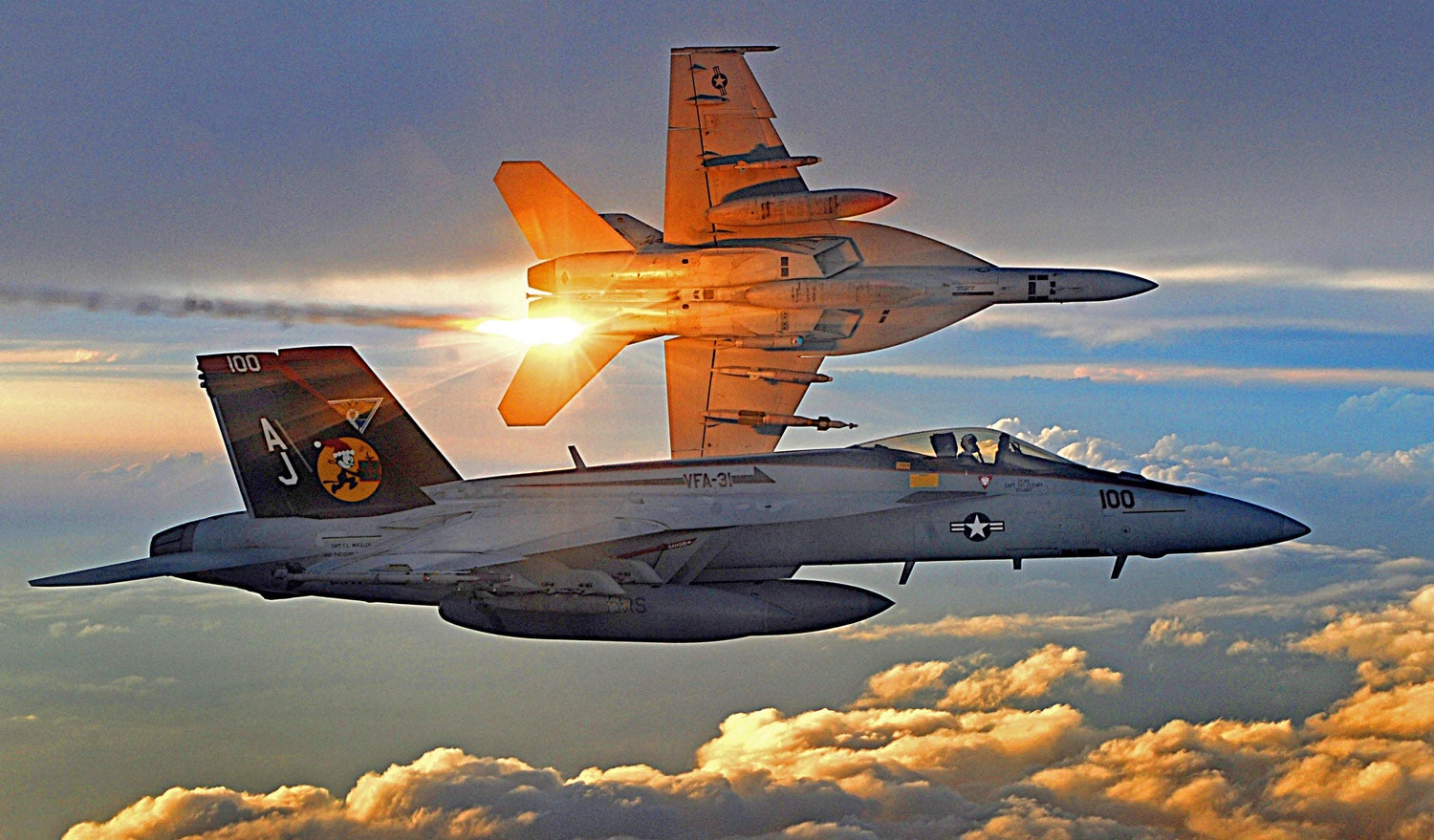
F/A-18 Super Hornets of Strike Fighter Squadron 31 fly a combat patrol over Afghanistan in 2008.
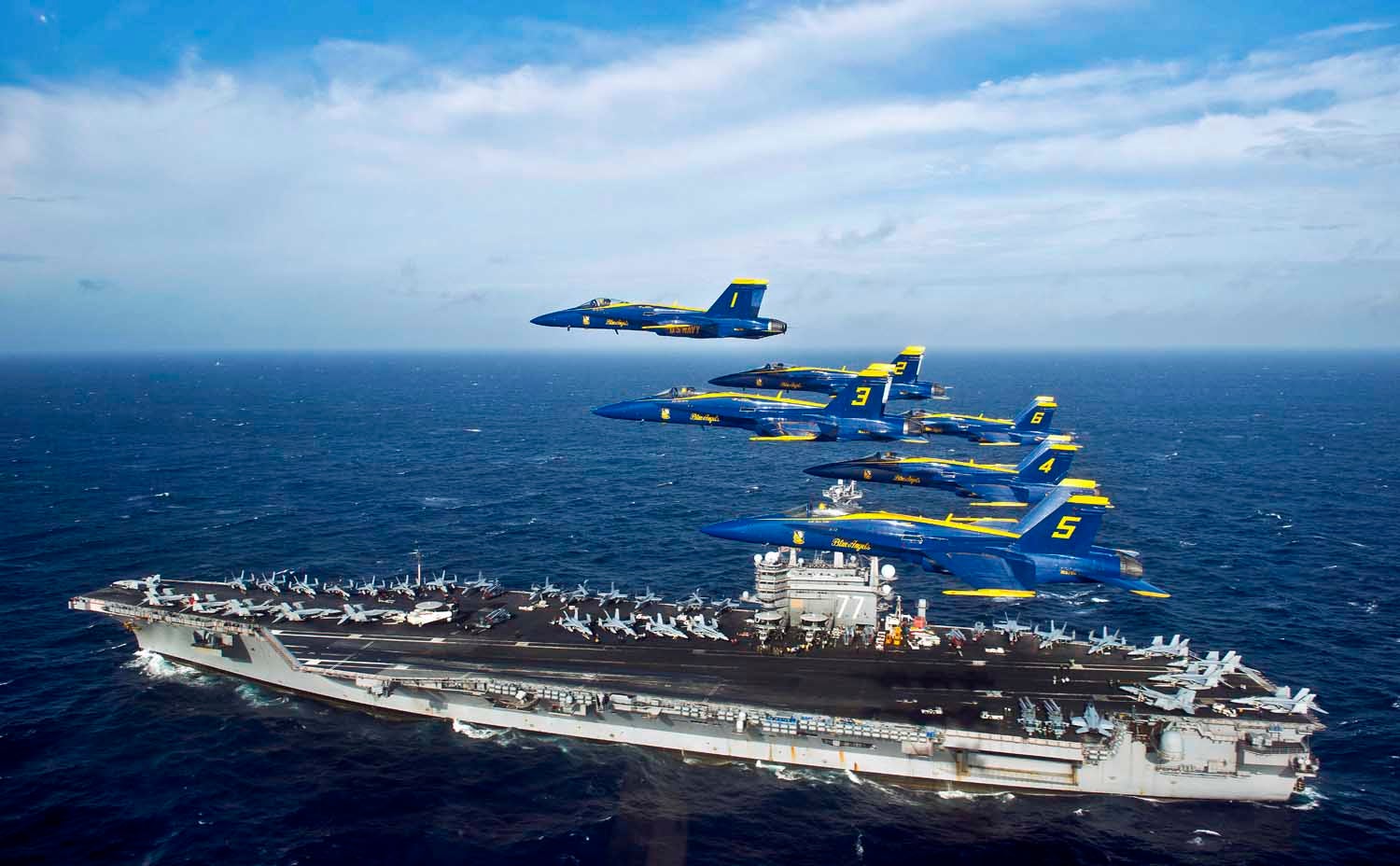
The US Navy Blue Angels perform a fly past on the USS George H.W. Bush, CV-77.
 RamblinRover Luxury-Yacht
> ttyymmnn
RamblinRover Luxury-Yacht
> ttyymmnn
05/08/2015 at 11:12 |
|
One could make the snide remark that the Langley Aerodrome pitching into the Potomac was, however, the first significant naval aviating disaster.
On a related note, we need more men like Manly. Built a revolutionary engine, was a good sport enough that he tried to fly that dumbass contraption more than once.
 ly2v8-Brian
> ttyymmnn
ly2v8-Brian
> ttyymmnn
05/08/2015 at 11:19 |
|
Nice images. Just needs more Hellcat.
 ttyymmnn
> ly2v8-Brian
ttyymmnn
> ly2v8-Brian
05/08/2015 at 11:20 |
|
Believe me, it was hard to pick just one for each era.
 ly2v8-Brian
> ttyymmnn
ly2v8-Brian
> ttyymmnn
05/08/2015 at 11:22 |
|
Fair enough.
 Jayhawk Jake
> ttyymmnn
Jayhawk Jake
> ttyymmnn
05/08/2015 at 12:00 |
|
Can I just take a moment to say that Glen Curtiss is disappointingly unappreciated outside of those familiar with aviation?
Most people know of the Wright Brothers while few are aware of Curtiss. I’d argue that Curtiss did more for the advancement of powered flight than the Wrights ever did. Without Curtiss’s motors and innovations in fixed wing aircraft design we would have stagnated and possibly never made it to what we have today
 ttyymmnn
> Jayhawk Jake
ttyymmnn
> Jayhawk Jake
05/08/2015 at 12:07 |
|
Everybody remembers the first. Wikipedia states that Curtiss is “the founder of the U.S. aircraft industry.” I don’t believe that is hyperbole.
 BunkyTheMelon
> ttyymmnn
BunkyTheMelon
> ttyymmnn
05/08/2015 at 12:12 |
|
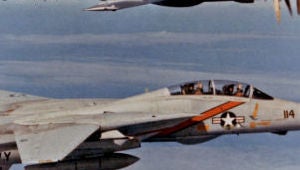
Hhrrrnnnggghhhh!!!!!!
 Jayhawk Jake
> ttyymmnn
Jayhawk Jake
> ttyymmnn
05/08/2015 at 12:13 |
|
It’s maybe a little hyperbole simply because he wasn’t alone, but he certainly deserves that level of credit.
I highly recommend reading Birdmen by Lawrence Goldstone, it gives a good insight into what was happening in the first decade or so of powered flight.